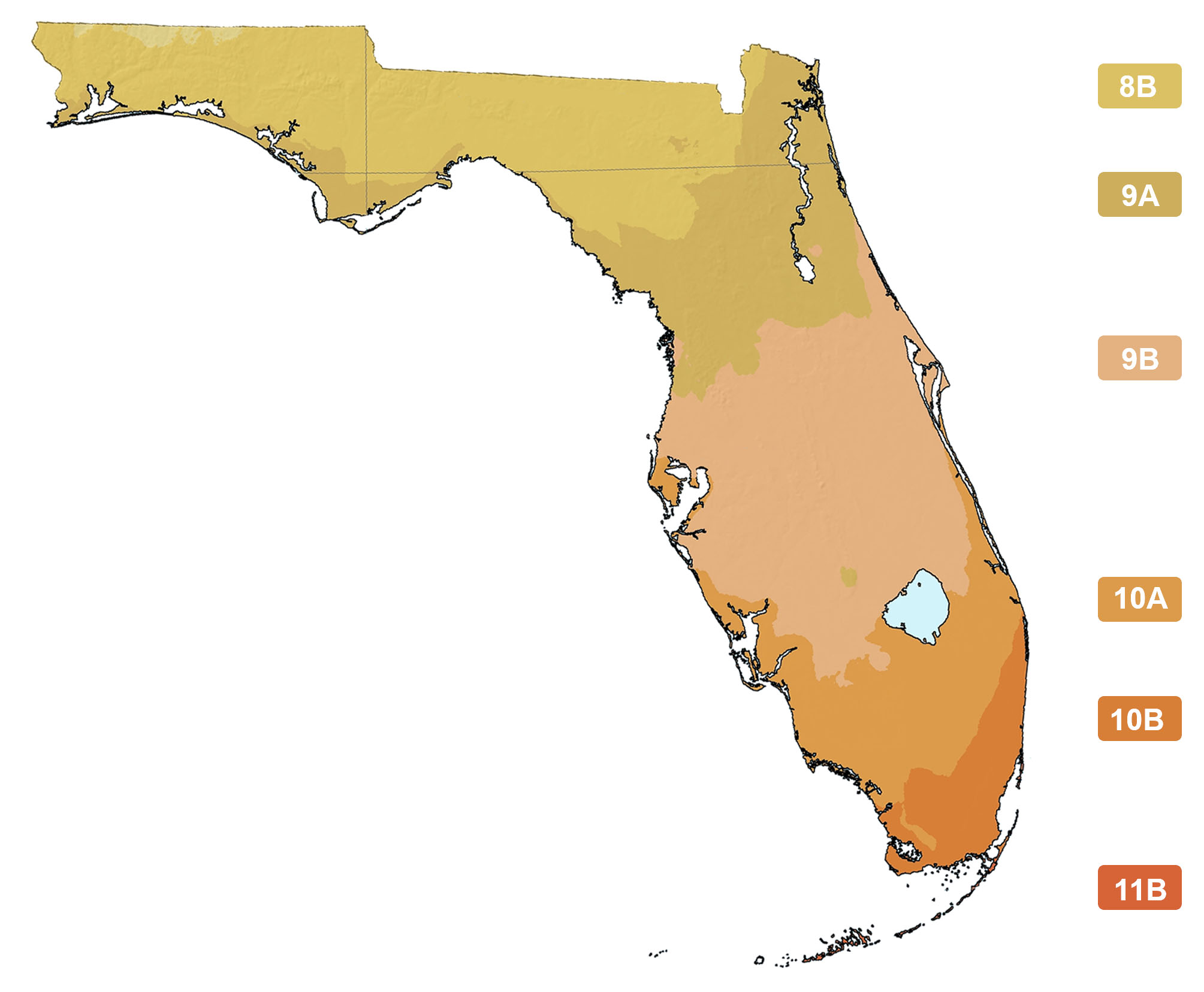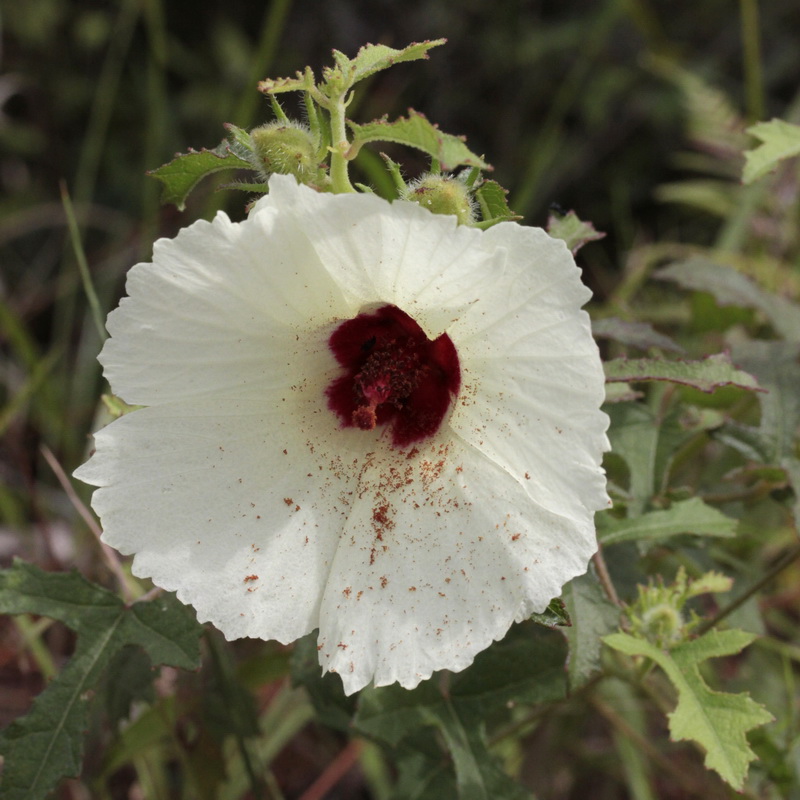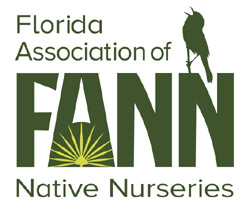Hibiscus aculeatus
Photographs belong to the photographers who allow use for FNPS purposes only. Please contact the photographer for all other uses.
Pineland Hibiscus
Malvaceae
Plant Specifics
| Form: | Flower | |
| Size: | 3 (6) ft tall by 3 ft wide | |
| Life Span: | Long-lived perennial | |
| Flower Color: | White | |
| Fruit Color: | Brown | |
| Phenology: | Winter dormant | |
| Noted for: | Showy flowers |
Landscaping
| Recommended Uses: | Wet wildflower garden. For appearance, cut back to the ground in winter. | ||||||||||||||||||||||||||||||||||||||||||
| Propagation: | Seed. | ||||||||||||||||||||||||||||||||||||||||||
| Availability: | Seed | ||||||||||||||||||||||||||||||||||||||||||
| Light: | Full Sun | ||||||||||||||||||||||||||||||||||||||||||
| Moisture Tolerance: |
always floodedextremely dry |
||||||||||||||||||||||||||||||||||||||||||
| (Stays Wet ----- to ----- Not wet but not extremely dry) | |||||||||||||||||||||||||||||||||||||||||||
| Moisture Tolerance: | Stays Wet ----- to ----- Not wet but not extremely dry | ||||||||||||||||||||||||||||||||||||||||||
| Salt Water Flooding Tolerance: | Not salt tolerant of inundation by salty or brackish water. | ||||||||||||||||||||||||||||||||||||||||||
| Salt Spray/ Salty Soil Tolerance: | Low/no tolerance of salty wind or direct salt spray | ||||||||||||||||||||||||||||||||||||||||||
| Soil or other substrate: | Sand | ||||||||||||||||||||||||||||||||||||||||||
| Soil pH: | Acidic | ||||||||||||||||||||||||||||||||||||||||||
Ecology
| Wildlife: |
| |
| Insects: |
| |
| Native Habitats: | Moist sites. Hydric and mesic pine flatwoods, edges of sloughs, savannas, bogs, ditches. |
Distribution and Planting Zones
Natural Range in Florida
USDA Zones
Suitable to grow in:
8A 8B 9A 9B

USDA zones are based on minimum winter temperatures
Comments
| General Comments: | Tolerates winter flooding. This is a wetland plant. It is rarely grown, but it has potential in appropriate sites. |



